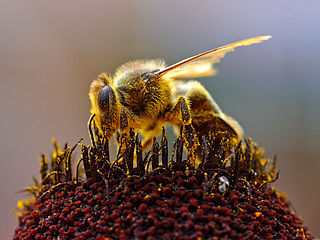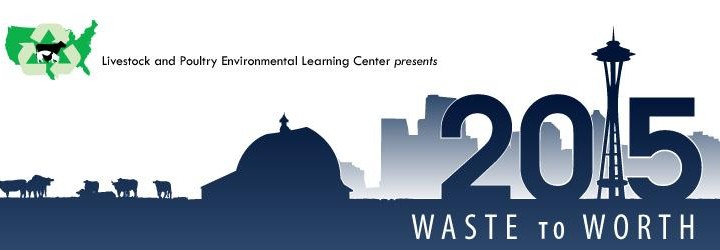-

A number of scientists have warned that this could be one of the worst pollen seasons ever for parts of the country. They attribute this to a number of factors, including the high levels of carbon dioxide in the atmosphere which provide a fertilization effect on some plants and warmer temperatures and wet conditions in…
Posted in: Climate and Ag in the news -

Now that March is almost over, here are the preliminary maps from the High Plains Regional Climate Center showing temperature and precipitation departures from normal. They show that March for most of the Southeast was warmer and drier than usual. The warmth allowed quick germination and growth of newly planted corn and brought out many…
Posted in: Climate summaries -

AgWeb posted an article this week on the impacts of the continuing California drought on dairies in the region. Competition for scarce water has led to fallowed crops and higher costs for irrigation. A shift to permanent crops like nut trees has also removed acreage once used to produce feed for dairy cattle. Dropping milk prices…
-

The Waste to Worth conference begins today in Seattle. I’m expecting to see a good group of people interacting on a variety of topics related to animal agriculture and waste management. There will also be a track on livestock and climate at the conference. I’ll be there all week and hope to share some insights…
-

As predicted, freezing temperatures made it down to Macon and even farther south this morning. The map below from the Georgia Automated Weather Network at 7:30 am shows a broad area of cold temperatures covering most of the northern half of Georgia as well as some areas to the south. Fortunately, the southern part of…
-

Even though it’s too cold to do agriculture in Antarctica, I am still interested in the weather and climate there. On Friday Dr. Jeff Masters posted a news story in his Weather Underground blog on a possible new record for the highest temperature ever recorded on the continent of Antarctica. On Tuesday, a record high…
-

Every March the CoCoRaHS network hosts a competition between states to see who can sign up the most new observers. As March is winding down, you still have a chance to sign up to join the more than 10,000 citizen scientists who help provide this useful information to the National Weather Service, Extension agents, and…
Posted in: Sources of weather and climate data